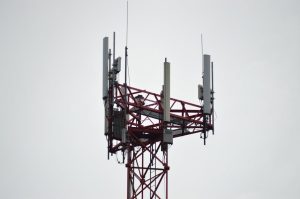
Starlink: The Pioneer in Global Satellite Internet Connectivity
Starlink, the focus keyword, is revolutionizing the way we access the internet. As a satellite constellation developed by SpaceX, Starlink is on a mission to provide high-speed, low-latency internet connectivity to the entire world. With its cutting-edge technology and ambitious goals, Starlink is poised to bridge the digital divide and bring people closer together. In this article, we will delve into the world of Starlink, exploring its history, technology, and impact on global connectivity.
A Brief History of Starlink
Starlink was first announced in 2015 by Elon Musk, the founder of SpaceX. The initial plan was to launch a constellation of 4,425 satellites into low Earth orbit, with the goal of providing internet connectivity to remote and underserved areas. Over the years, the project has undergone significant developments, with the first batch of satellites launched in 2019. Today, Starlink has over 2,000 satellites in orbit, with thousands more planned for launch in the coming years.
How Starlink Works
Starlink uses a network of small, low-Earth orbit satellites to provide internet connectivity. Each satellite is equipped with a high-gain antenna and a transceiver, which allows it to communicate with user terminals on the ground. The satellites are connected to a network of ground stations, which provide access to the global internet. When a user sends data through the Starlink network, it is transmitted to the nearest satellite, which then forwards it to the destination satellite, and finally, to the ground station, where it is routed to its final destination.
The Impact of Starlink on Global Connectivity
Starlink has the potential to revolutionize global connectivity, providing internet access to remote and underserved areas. With its high-speed, low-latency network, Starlink can enable a range of applications, from online education and healthcare to remote work and entertainment. In areas where traditional internet infrastructure is lacking, Starlink can provide a vital connection to the global community, bridging the digital divide and fostering economic growth.
Challenges and Controversies
While Starlink has made significant progress, it also faces several challenges and controversies. One of the main concerns is the risk of satellite collisions, which could generate a large amount of space debris and pose a threat to other satellites in orbit. Additionally, there are concerns about the environmental impact of the satellite launches, as well as the potential for Starlink to disrupt the natural night sky. Furthermore, some critics argue that Starlink could exacerbate the digital divide, as the cost of the user terminals and subscription fees may be out of reach for many people in developing countries.




